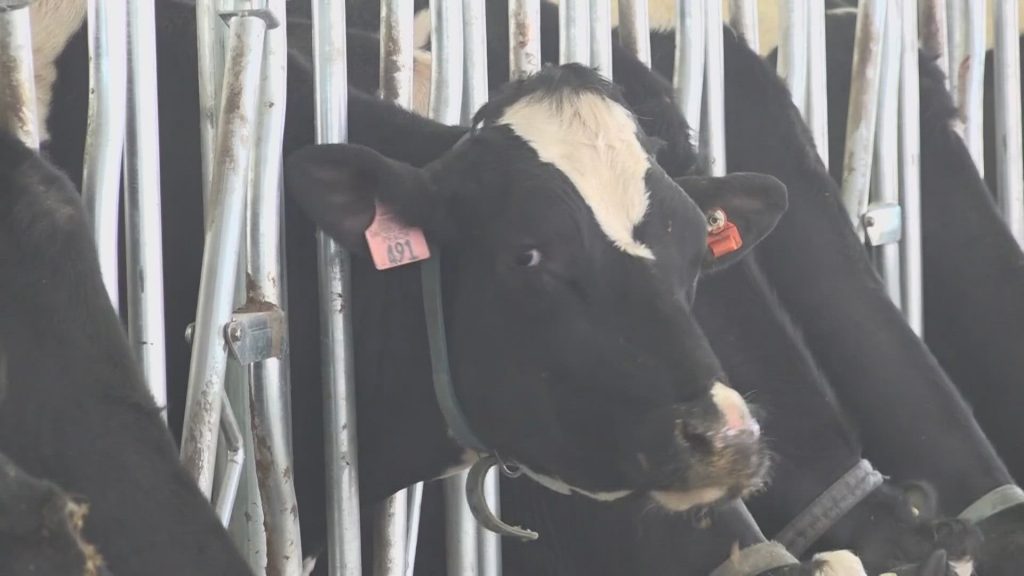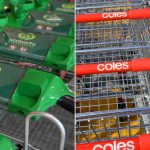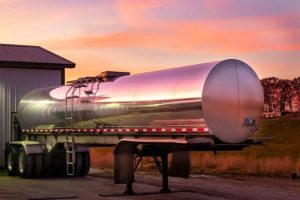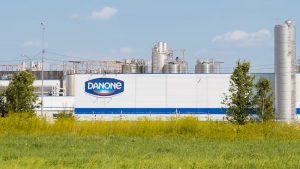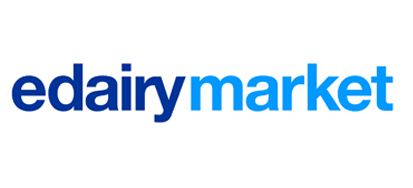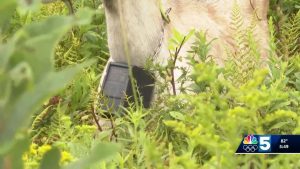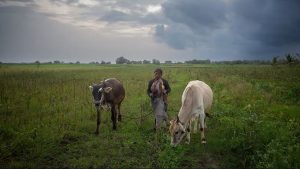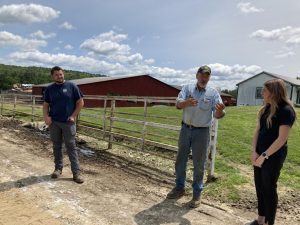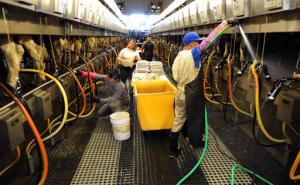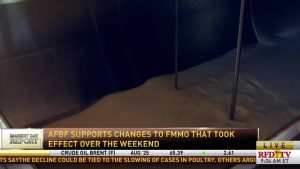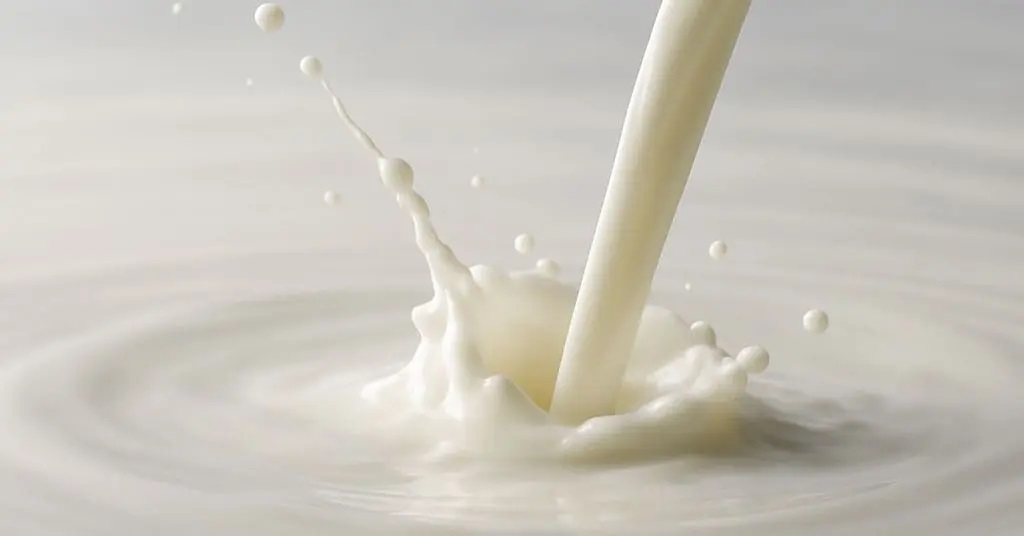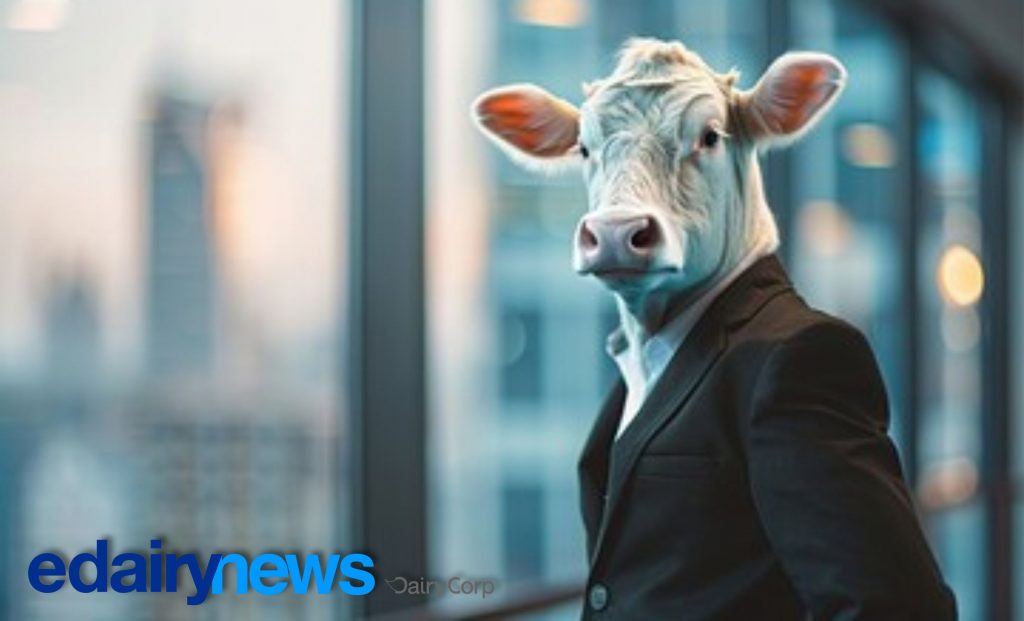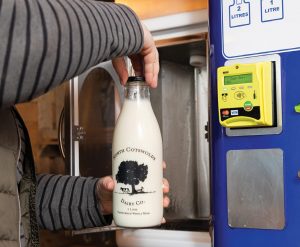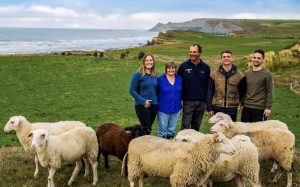
The new technology is designed to educate farmers and students on how automation could support Maine’s struggling dairy industry.
From new tariffs to a growing labor shortage, Maine’s dairy farmers are facing serious challenges. But a new piece of equipment unveiled at the University of Maine may offer some relief and an opportunity to learn.
At UMaine’s Witter Farm in Old Town, a robotic milking machine is now up and running, giving farmers and students hands-on experience with the kind of high-tech tools that could help dairy operations become more efficient.
“On our farm, we milk about 72 cows, and it takes us about an hour and a half to milk twice a day,” Mary Castonguay, a Maine dairy farmer and owner of Castonguay Ayrshires, said.
But as it becomes harder to find reliable help, she said many farmers are turning to robots for milking.
The robotic arm lets cows choose when to be milked, rather than waiting for scheduled times. This can improve milk production and make the cows more comfortable.
“The arm will swing under there,” Witter Farm Superintendent Patricia Henderson said, explaining the mechanics of the process. “She’ll get a little bit of grain as a treat. The arm goes under, it cleans her teats, and it milks her out effectively, efficiently, and consistently.”
This setup not only makes life easier for farmers but also provides detailed data on each cow’s habits and health.
“It will ID her by her ear tag,” Henderson said. “It will know exactly who it is, how much milk she’s making, and what she did six hours before.”
Giving cows the chance to be milked more often can lead to better and healthier production over time.
“They’ll more than likely produce more milk over their lactations,” Castonguay said.
Students working with the machine are also finding it helps them focus on learning more about the animals they care for.
“It’s less time taking care of the barn,” Annie Leahy, a zoology student at UMaine, said. “We can focus on cow health and cow comfort.”
While many in the dairy industry see automation as the future, some farmers are concerned about the price tag.
Barney Wright, a dairy farmer from Clinton, said the high cost of purchasing and maintaining robotic equipment may put it out of reach for many.
“It would be a challenge to have the financial capacity to handle it, along with higher interest costs and other inflationary costs,” he said.
Regardless of the future of Maine’s dairy industry, though, the goal of the robotic milking arm at UMaine is to serve as a learning opportunity for students and farmers alike.
“I think you’ll be able to see a lot more and know a lot more about your cows than you would 10 years ago,” CeCe Desautell, a pre-veterinary animal science student, said.
You can now read the most important #news on #eDairyNews #Whatsapp channels!!!
🇺🇸 eDairy News INGLÊS: https://whatsapp.com/channel/0029VaKsjzGDTkJyIN6hcP1K
